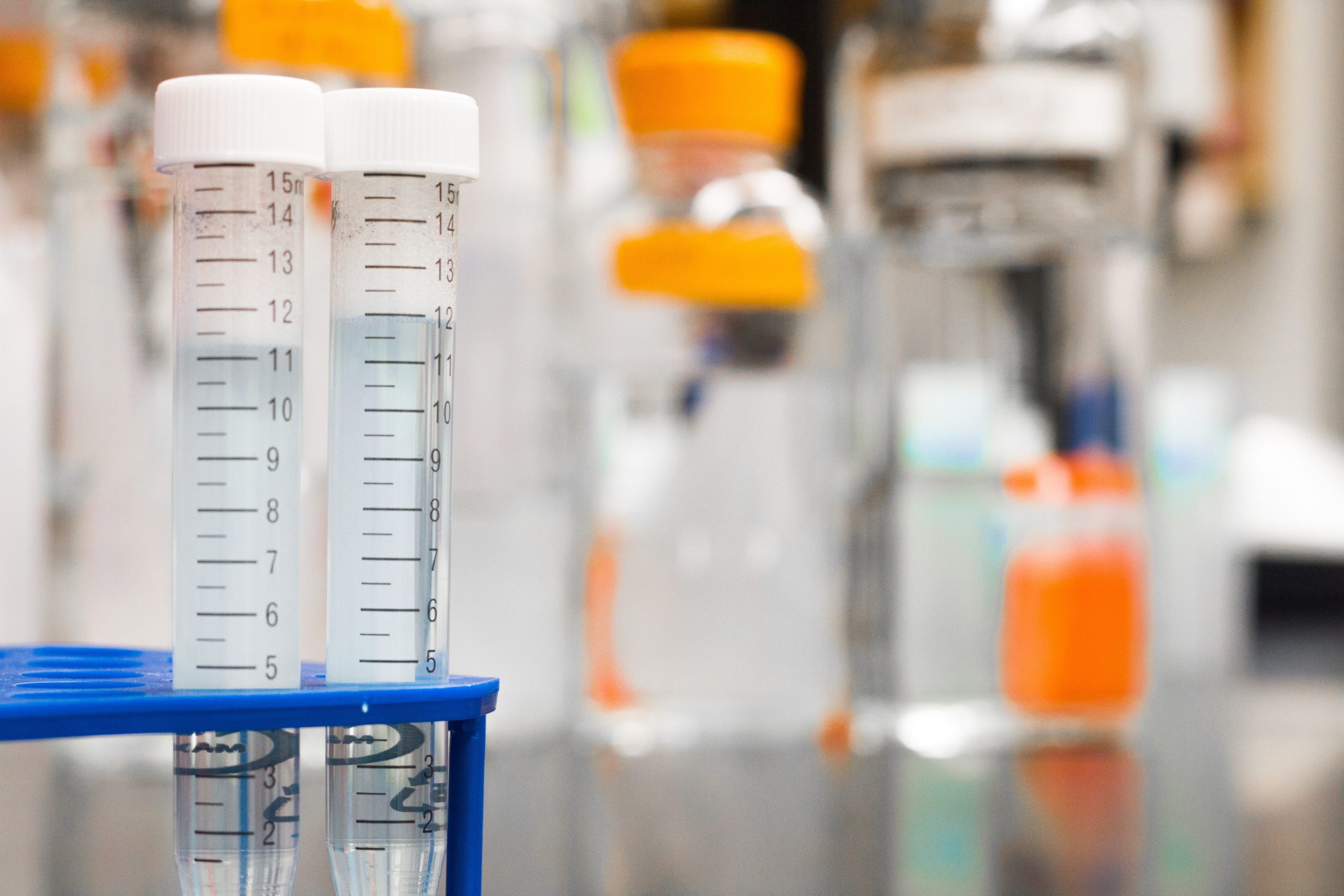Promises® Patient Education
Blog
Organ Donation Innovation
- April 30, 2018
- Amber Specialty Pharmacy
- Transplant

In April Amber Specialty Pharmacy celebrated National Donate Life Month. As the month comes to a close, we take a look at some of the latest innovations in transplant technology. These life-saving devices and discoveries are helping close the organ donation supply and demand gap and are giving new life to patients.
Re-gifting kidney transplants
Organ donation is the gift of life but some kidney recipients are now re-gifting their organs. Previously, surgeons would only transplant an organ one time. With such a high demand for organs, especially kidneys, a transplant surgeon at UCLA is breaking an unspoken taboo about recycling transplant organs. Doctors are now transplanting the transplanted kidneys into new recipients. When a kidney transplant recipient dies, their organs are now being evaluated on a case-by-case basis. If the transplanted kidney is still healthy, it can be re-transplanted into a new recipient. Re-gifted kidneys make more organs available to patients on the transplant waiting list, providing the gift of life a second time.
New device improves liver preservation
A new device preserves the liver at body temperature instead of putting it on ice during the organ transplant process. When the liver is on ice, surgeons can’t analyze how well it functions. The decision of whether or not to transplant a liver is largely based on donor history. The new metra device keeps livers at a normal temperature and supplied with oxygenated blood, nutrients and medication. This reduces the risk of tissue injury when blood supply is returned to the organ. The metra device also monitors the liver while it’s being preserved to give surgeons more information about the organ’s health.
A breath of fresh air for lung transplant patients
Lung transplants have a high rate of organ rejection. A new machine is designed to improve the lung transplant process and increase the success of lung transplants. The TransMedics Organ Care System Lung (OCS Lung) keeps donor lungs functioning and “breathing” until they can be transplanted to the recipient. By keeping the lungs functioning during this transition, surgeons get extra time to prepare. This additional time allows doctors to treat the organs, reducing the risk of infection and damage.
Transplanting infected organs
New drug options for people living with HIV or hepatitis C are also helping more patients get life-saving organ transplants. Previously, someone with HIV or hepatitis C was not eligible to be an organ donor and could not give their organs to someone in need. In 1988 it was actually illegal for people with HIV to donate organs. Now transplant centers across the country are able to use infected organs for certain patients.
HIV-positive transplant patients can receive organs from an HIV-positive donor. Organs infected with hepatitis C are being transplanted to recipients regardless of whether or not they currently have the disease. Hepatitis C is a curable disease. Even though patients are likely to contract it, many are cured before suffering any side effects. All patients are made aware of the potential exposure before the surgery but for many people, it’s worth the risk.
Allowing these organs to become available is beneficial for everyone on the transplant wait list because it helps reduce the supply and demand gap.
Unconventional transplant operations
A majority of transplant recipients get new lungs, kidneys, livers and hearts. However, medical advancements are making it possible for groundbreaking transplant operations that involve other important areas of the body.
In France, Jerome Hamon made history when he received the world’s first full facial graft in 2010. In January 2018, Jerome made history again when he got a second full face transplant. The 43-year-old has a genetic disease that causes facial deformities. Five years after his initial face transplant, Jerome’s body began to reject his new face. For two months, Jerome lived without a face until he matched with a new donor. After waiting in the hospital for weeks, Jerome’s team of doctors was able to successfully perform a second face transplant.
In 2015, 8-year-old Zion Harvey became the first child in the world to receive a double hand transplant. Zion lost both of his hands from a severe infection when he was a baby. Today, he has two working hands that help him swing a baseball bat and write thank you letters to his team of transplant specialists.
Artificial organs
The number of transplant operations performed every year is rising steadily but there’s still a gap between supply and demand. Scientists are working to close this gap by growing artificial organs for transplant patients. Cutting-edge discoveries in stem cell therapy and tissue engineering have sparked new innovations in regenerative medicines.
One exciting field of study is the use of cell and tissue regeneration to grow new, healthy organs. Medical researchers have already successfully bioprinted blood vessels. Bioprinting is when scientists take human cells and allow them to multiply into a “biological ink” that’s fed into a 3-D printer. The printer arranges the cells into the various 3-D shapes. One day, doctors hope to place the bioprinted cells into the body and use it to repair a patient’s existing tissue.
While the idea of transplanting organs from pigs to humans has been around for years, the differences in pig DNA created obstacles that were previously insurmountable. Medical advancements in gene-editing technology have allowed scientists to make adjustments to the DNA structure of pigs and sheep. Sheep and pig organs closely resemble the size and shape of human organs, which is why these animals are being studied. The goal of these genetic modifications is to one day use animals as organ donors for human transplant patients.
Every year, National Donate Life month is an opportunity for Amber Specialty Pharmacy to help raise awareness about the importance of organ donation, and every year there’s more to celebrate. New developments and discoveries provide a glimpse into a hopeful future for transplant patients.
About the author
Rusty Helser, PharmD, Clinical Pharmacist, Transplant COE, has been with Amber Specialty Pharmacy for over seven years. When he’s not helping transplant patients feel their best, Rusty enjoys reading and skiing. He also likes to coach his kid’s football teams.



